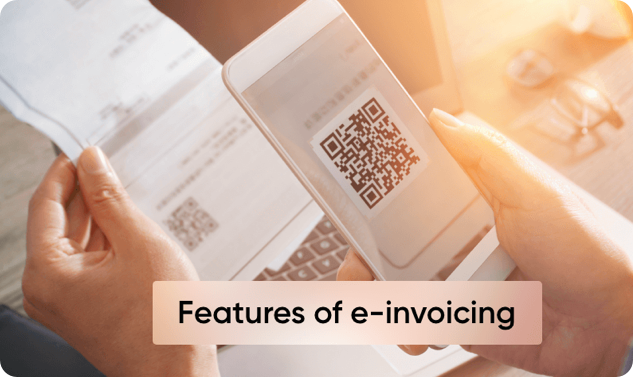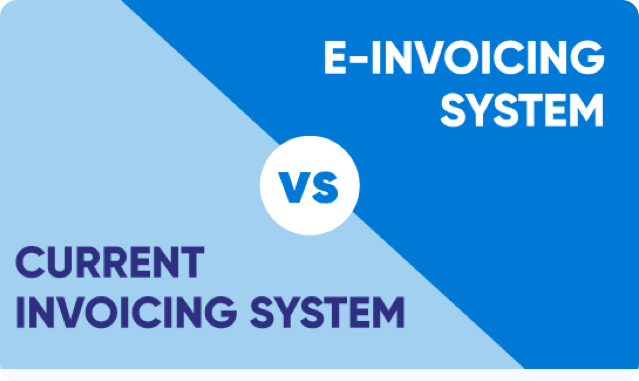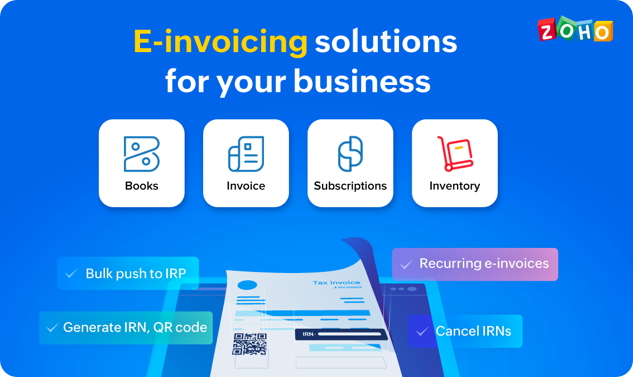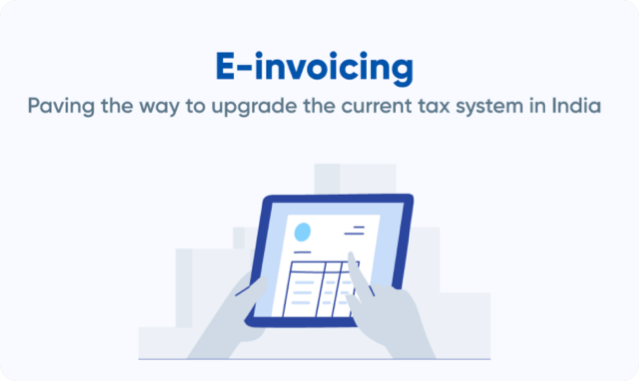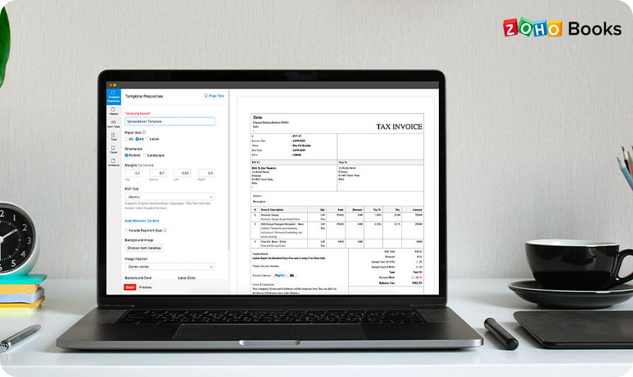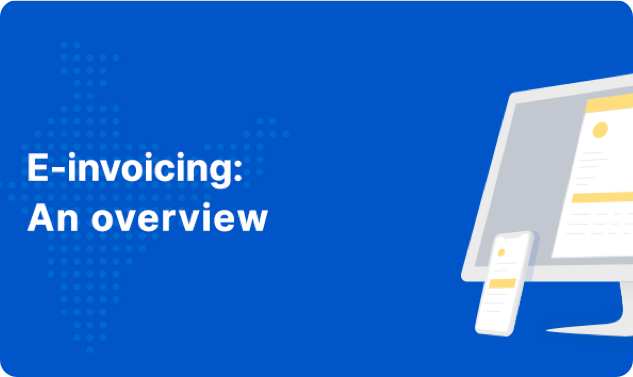
An overview on E‑invoicing in India
Learn how to create compliant e-invoices as per GST regulations.
READ MORETaxpayers in the 5 cr bracket must comply to e-invoicing from August 1, 2023.
READ MORETaxpayers in the 10 cr bracket must comply to e-invoicing from October 1, 2022.
READ MORE2-factor authentication enabled for e-Way Bill/e-invoice system.
READ MOREHere are a few updates on APIs relating to IRN, e-Way Bill and more.
READ MORELearn how to create compliant e-invoices as per GST regulations.
READ MOREGet to know about the uniqueness of each feature.
READ MORECheck out the key differences between the two systems
READ MOREHere's how Zoho's solutions will keep you compliant.
READ MOREGet to know how the proposed system will be implemented.
READ MORECheck out list of ERP features that your system should support.
READ MOREWhat is e‑invoicing in GST?
An e‑invoice, or electronic invoice, is a digital document exchanged between a supplier and buyer. E‑invoicing in India is the proposed system where business-to-business (B2B) invoices are prepared in a standard format and authenticated by the Goods and Services Tax Network (GSTN). This is to ensure that a common format is followed across all businesses and that invoices can be uploaded to the GST portal.
How does e‑invoicing work?
The GST e‑invoice system has two parts:
The seller prepares an invoice and uploads it to the IRP, which sends it to the GST and e-way bill systems.Both the buyer and seller receive the QR code for the invoice and can view the details in their respective GST returns.
What is the Invoice Registration Portal (IRP)?
The Invoice Registration Portal (IRP) is a set of registrars that are responsible for assigning Invoice Reference Numbers (IRN) to invoices, debit notes and credit notes. Only the invoices validated by the IRP after assigning a unique IRN will be considered valid by law.
Who is eligible for E invoice?
Businesses having aggregate turnover of 10 crore and above will have to comply to e‑invoicing starting 1 October, 2022.
How will e‑invoicing help in controlling tax fraud?
The e‑invoicing system will curb tax fraud in the following ways:
The seller prepares an invoice and uploads it to the IRP, which sends it to the GST and e-way bill systems. Both the buyer and seller receive the QR code for the invoice and can view the details in their respective GST returns.
